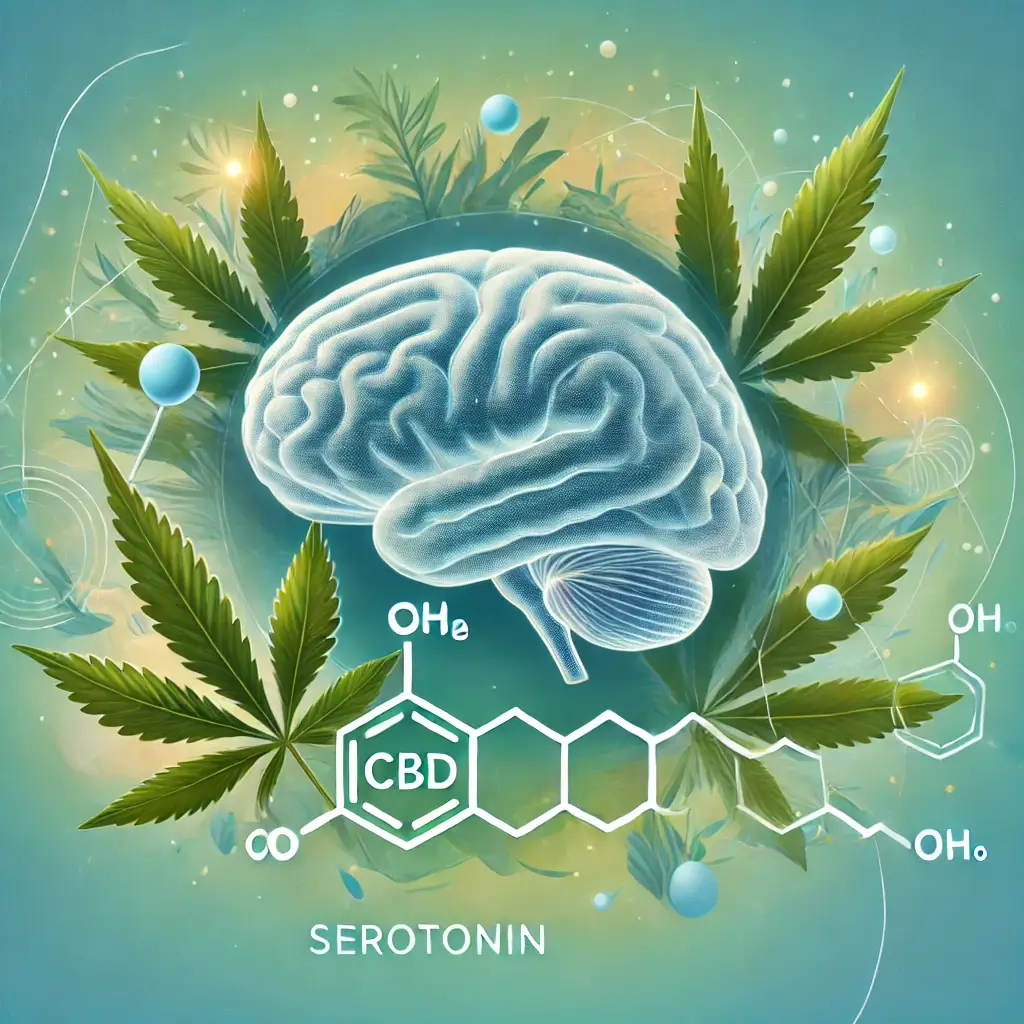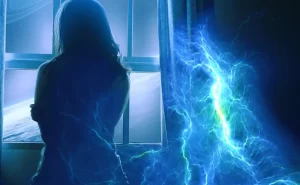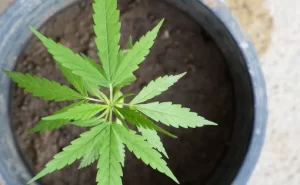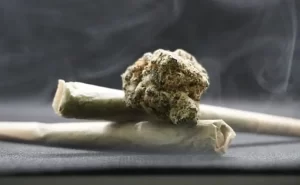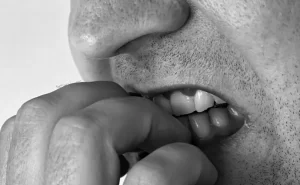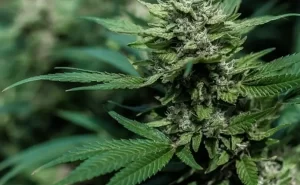Medical Cannabis as a Treatment for Epilepsy
Cannabis has been demonstrated to help lower seizures in specific individuals who have epilepsy, particularly those who have epilepsy that is resistant to medication. Additionally, it is being investigated as a possible therapy for other types of seizures, such as those that are linked with Dravet syndrome and Lennox-Gastaut syndrome.
Cannabinoids are considered to interact with the endocannabinoid system, which is the mechanism that is assumed to be responsible for the reduction of seizures caused by cannabis. However, the specific process itself is only partially known. The endocannabinoid system is a network of receptors that may be found throughout the body. It controls a wide range of human activities, such as pain, inflammation, mood, and hunger.
Cannabinoids can bind to cannabinoid receptors in the brain and other regions of the body, which may result in a range of consequences. One of these effects is a reduction in the electrical activity in the brain, which can lead to seizures.
Variety of Treatments
The use of cannabis as a therapy for epilepsy can be accomplished in a variety of different ways. You can inhale it by smoking, vaporization, ingestion, or applying it topically. The person’s requirements and preferences will determine which mode of distribution is the most suitable.
In children aged one year or older, Epidiolex is the first and only prescription cannabidiol (CBD) that has been approved by the Food and Drug Administration (FDA) for the treatment of seizures that are linked with Lennox-Gastaut syndrome (LGS), Dravet syndrome, or multiple sclerosis complex (TSC).
An uncommon and severe form of epilepsy, known as Lennox-Gastaut syndrome (LGS), is characterized by the onset of symptoms in early childhood. Many different forms of seizures are associated with this condition, such as tonic, atonic, and myoclonic seizures. Additionally, LGS has been linked to cognitive impairment as well as developmental delays.
The specific etiology of LGS is unknown; nevertheless, it is believed that a mix of environmental and genetic variables is responsible for its development. Even though LGS is a syndrome that stays with a person throughout their whole life, some therapies can help lower the frequency and severity of seizures.
Characteristics of the Lennox-Gastaut Syndrome
Epileptic seizures are the most typical manifestation of LGS. Children diagnosed with LGS may experience a variety of seizures, including the following:
These are known as tonic seizures, characterized by the stiffening of the muscles and the loss of consciousness. A person who is experiencing atonic seizures may have a rapid relaxation of their muscles, which may result in the individual falling.
Seizures known as myoclonic seizures are characterized by rapid and short spasms of the muscles.
Not only may children with LGS exhibit cognitive impairment, but they may also endure developmental delays. They may have trouble learning new things, communicating, and socializing with others.
The Outlook for Patients With Lennox-Gastaut Syndrome
Depending on the severity of the ailment and the child’s unique reaction to therapy, the prognosis for LGS might vary significantly from diagnosis to diagnosis. Some children with LGS have a favorable prognosis and can generally lead everyday lives. Others suffer from more severe symptoms and require care for the rest of their lives.
Even though the FDA has not yet given its approval to other cannabis formulations for medicinal use, these formulations are accessible in some jurisdictions.
Concerning the Risks and Adverse Reactions
Consuming cannabis in moderation is usually considered to be harmless for the majority of individuals. Nevertheless, it can potentially bring about several adverse effects, including dry mouth, red eyes, dizziness, and reduced coordination. It is also possible for cannabis to produce psychosis, paranoia, and anxiety in sporadic instances.
Before beginning to use cannabis, it is essential to consult with your physician, particularly if you are already taking any prescriptions or have any preexisting medical issues.
Final Thoughts
The use of cannabis as a therapy for epilepsy is an indication of great potential. Before beginning therapy for epilepsy, it is essential to have a conversation with your physician about the potential disadvantages and advantages of using cannabis for the condition.

